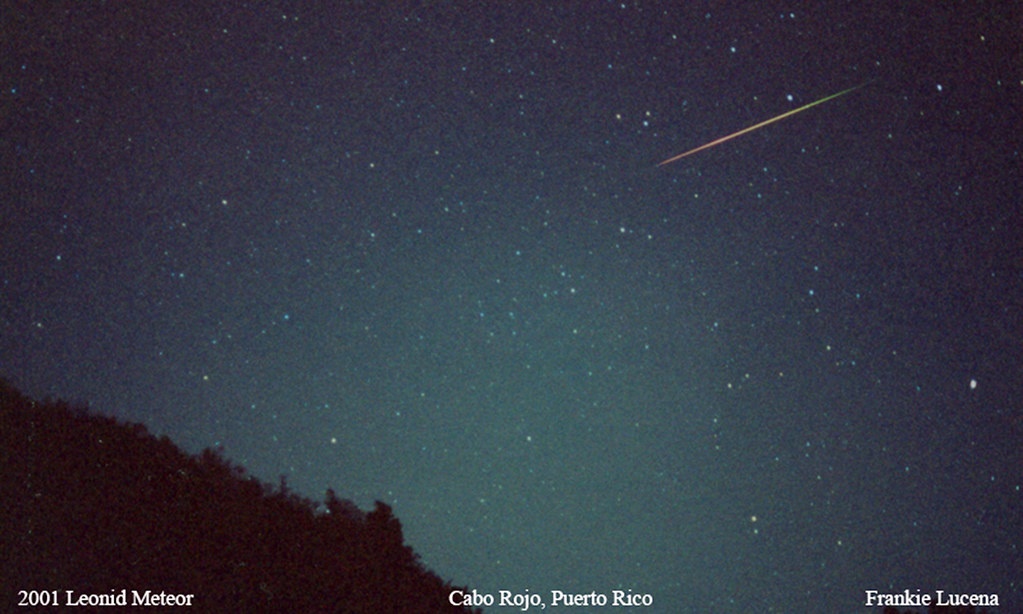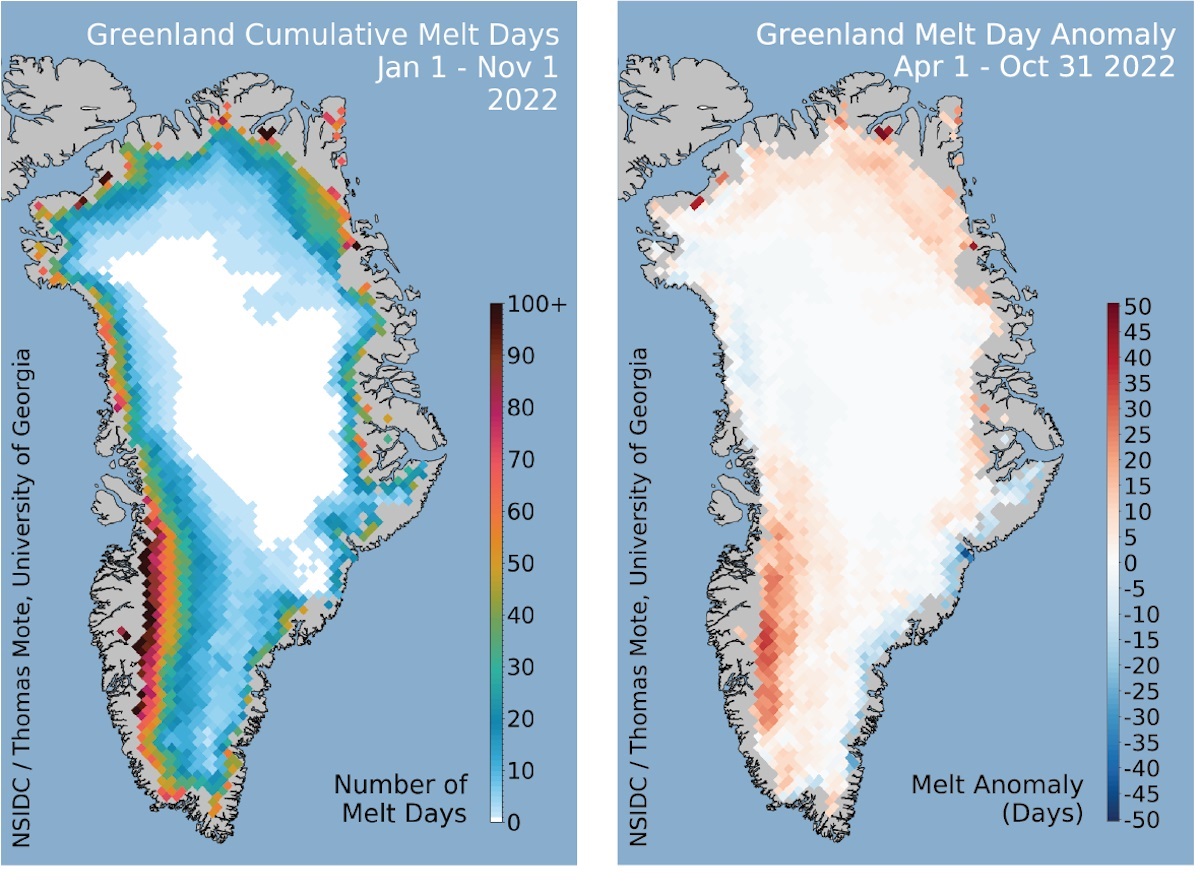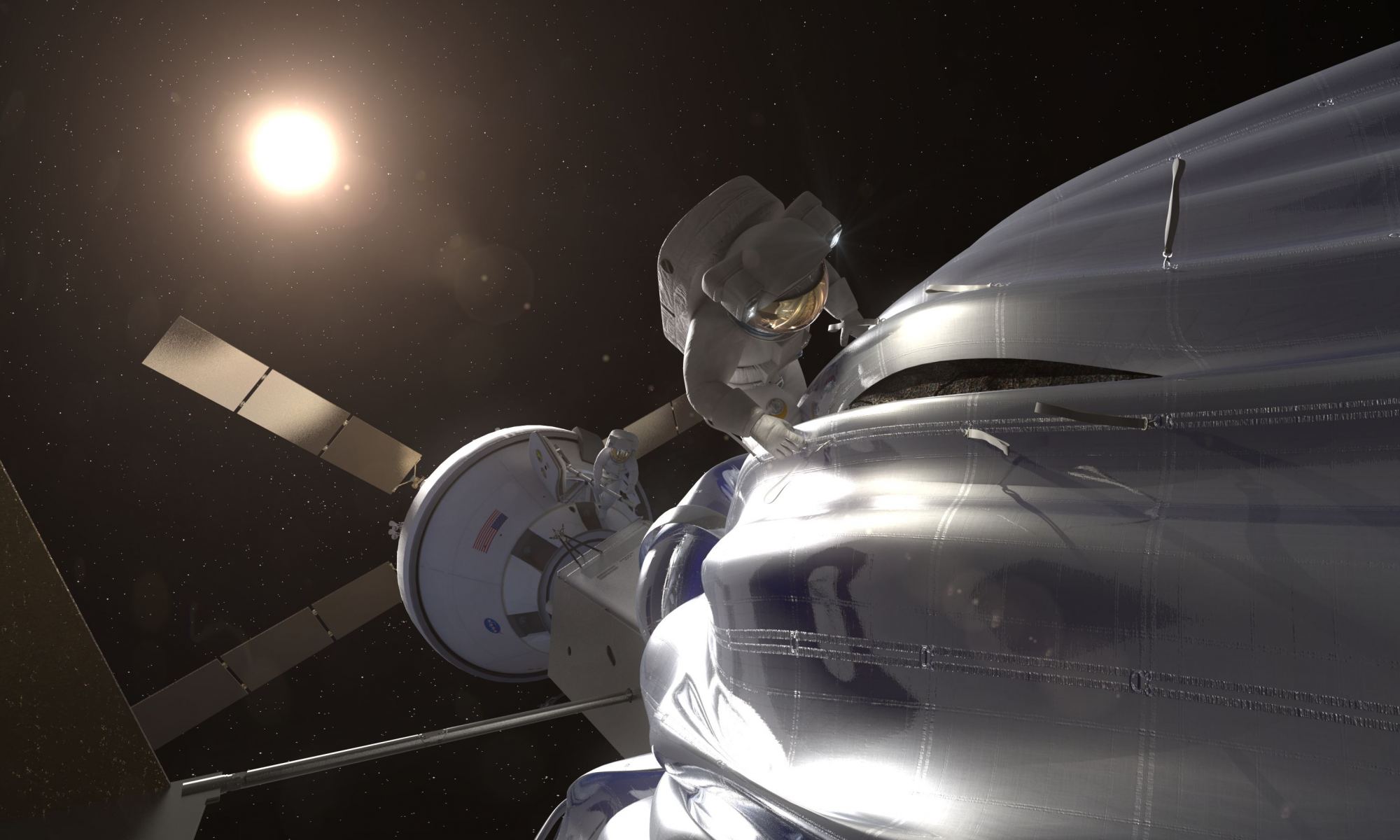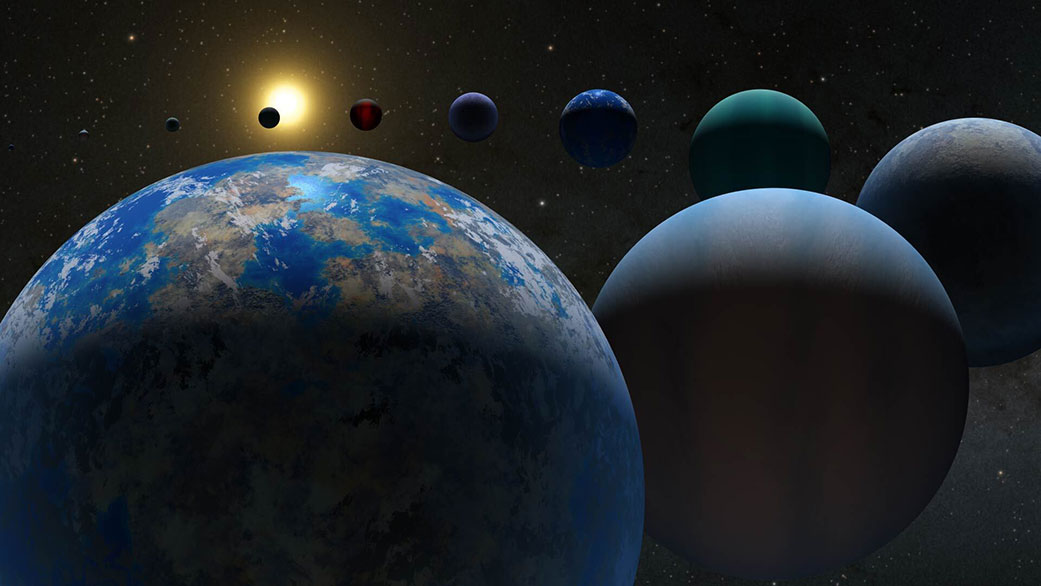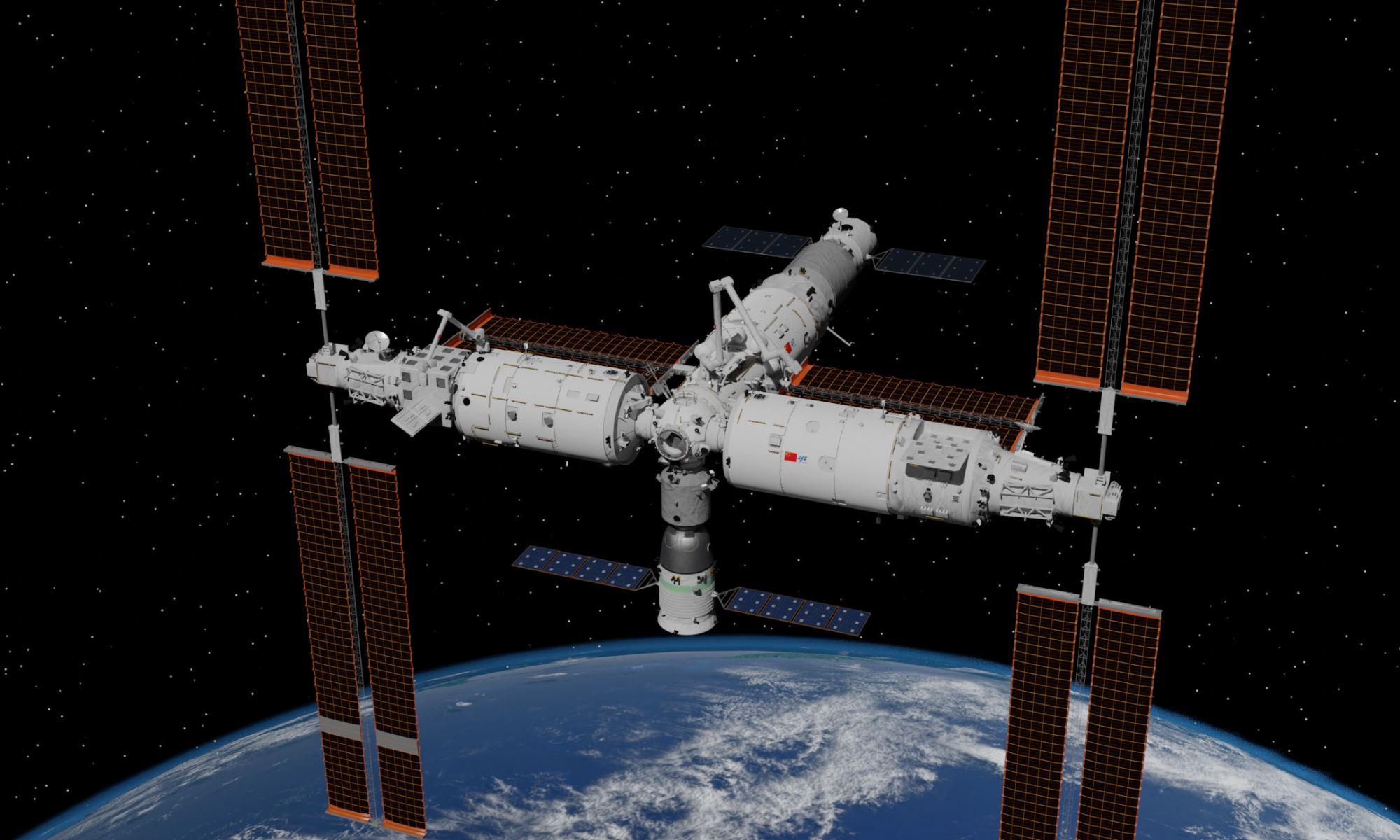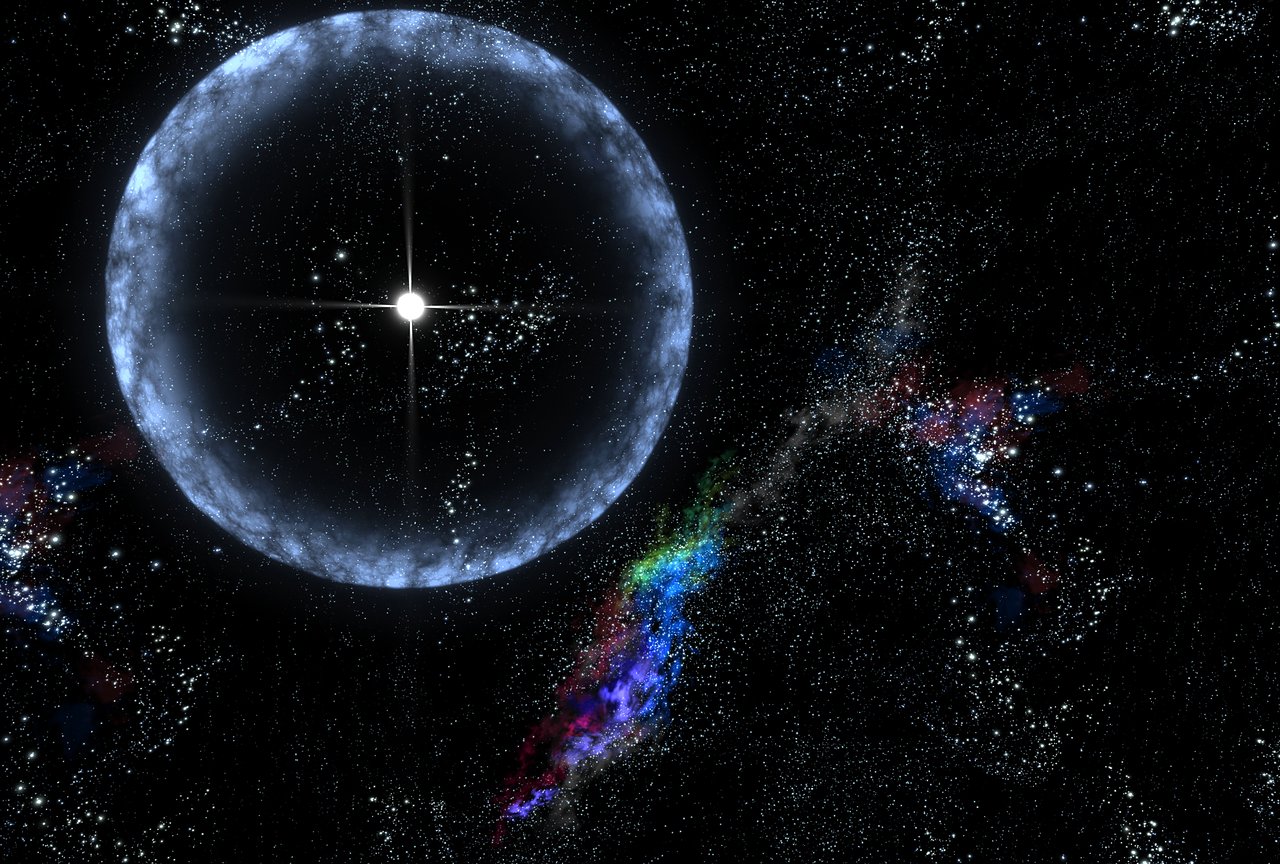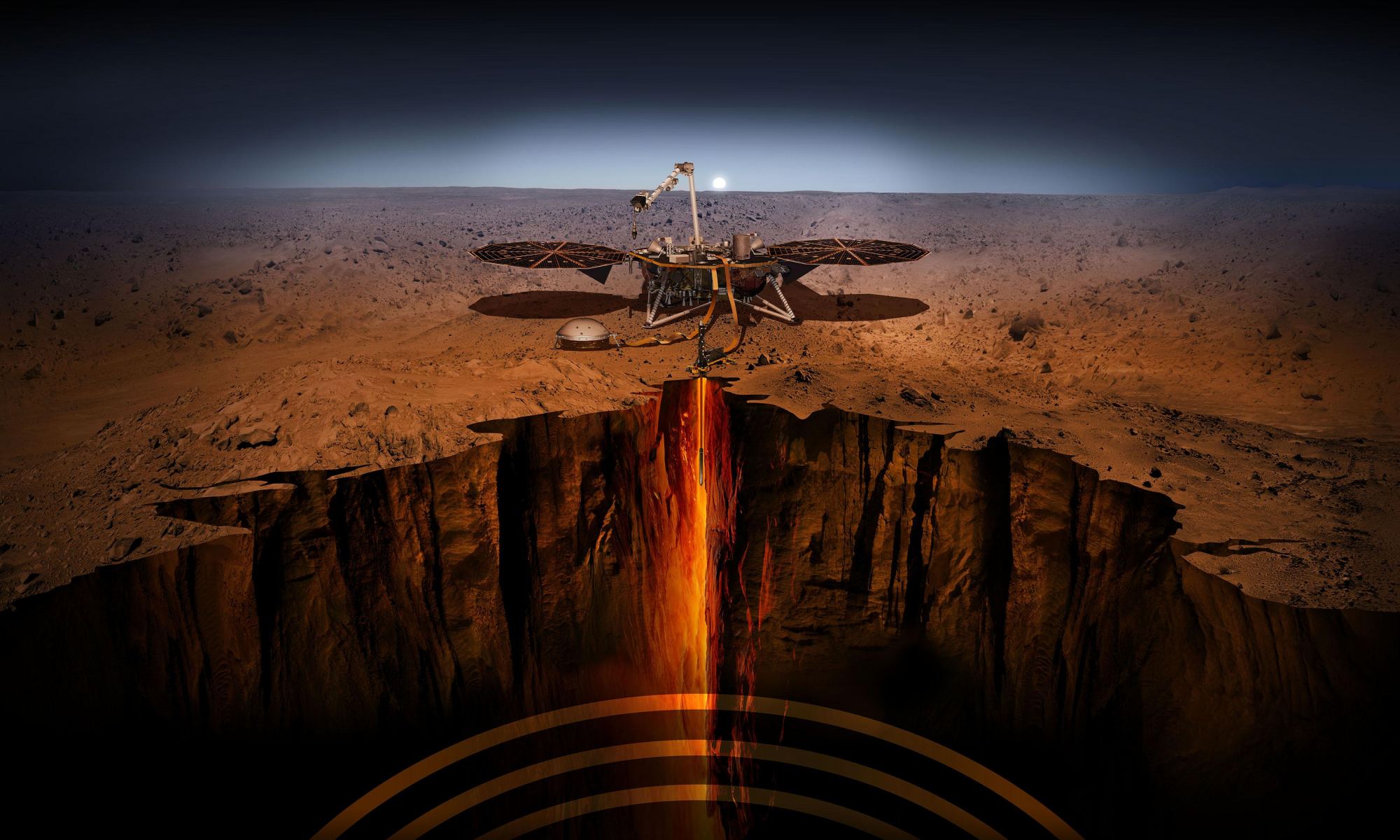The November Leonid meteors may produce a surprise outburst this weekend.
If forecasters are right, a notorious meteor shower may put on a surprise showing soon, right after its expected peak. The meteor shower in question is the November Leonids. Most years, the Leonids are really nothing to wake up early for, producing an average hourly rate of 10 meteors an hour, barely double the background sporadic rate. But every 33 years or so, the Leonids are the source of great storms of meteors, as the Earth plows headlong into the stream of debris laid down by comet 55P/Tempel-Tuttle on its 33-year orbit around the Sun.
Continue reading “Are We in for a Leonid Outburst Friday Night?”
